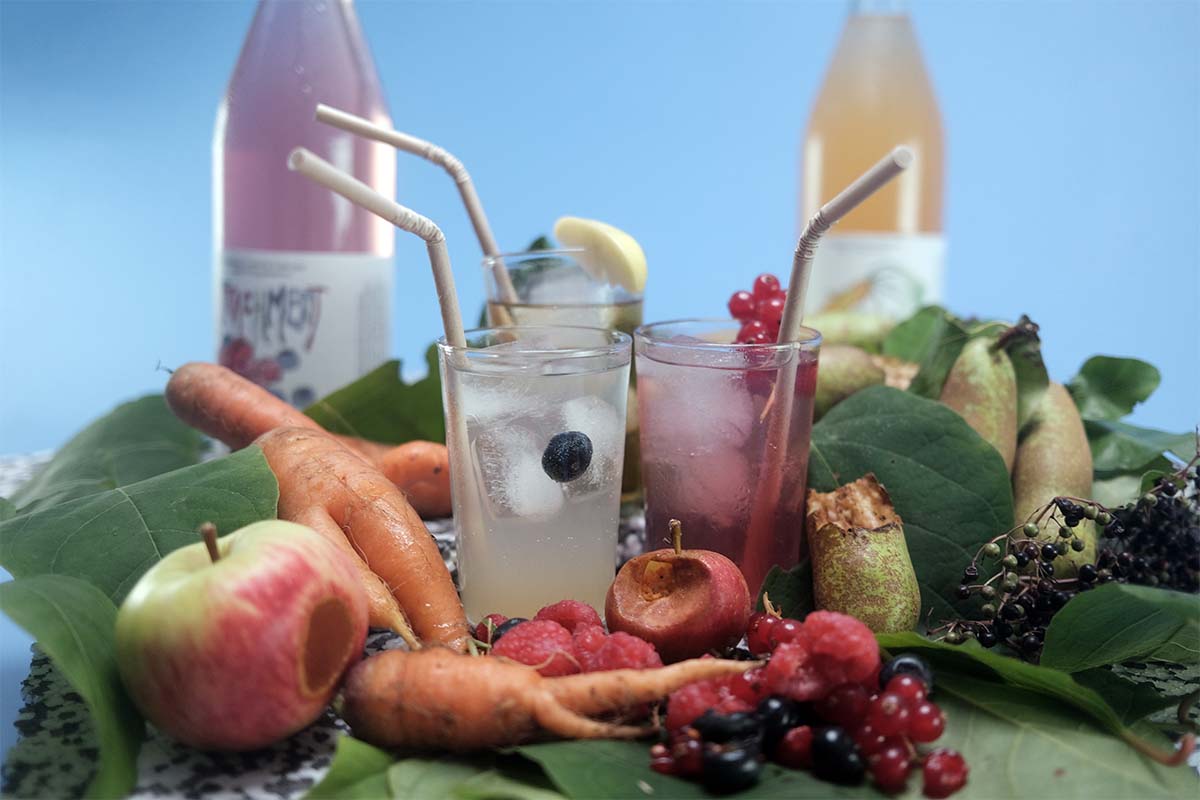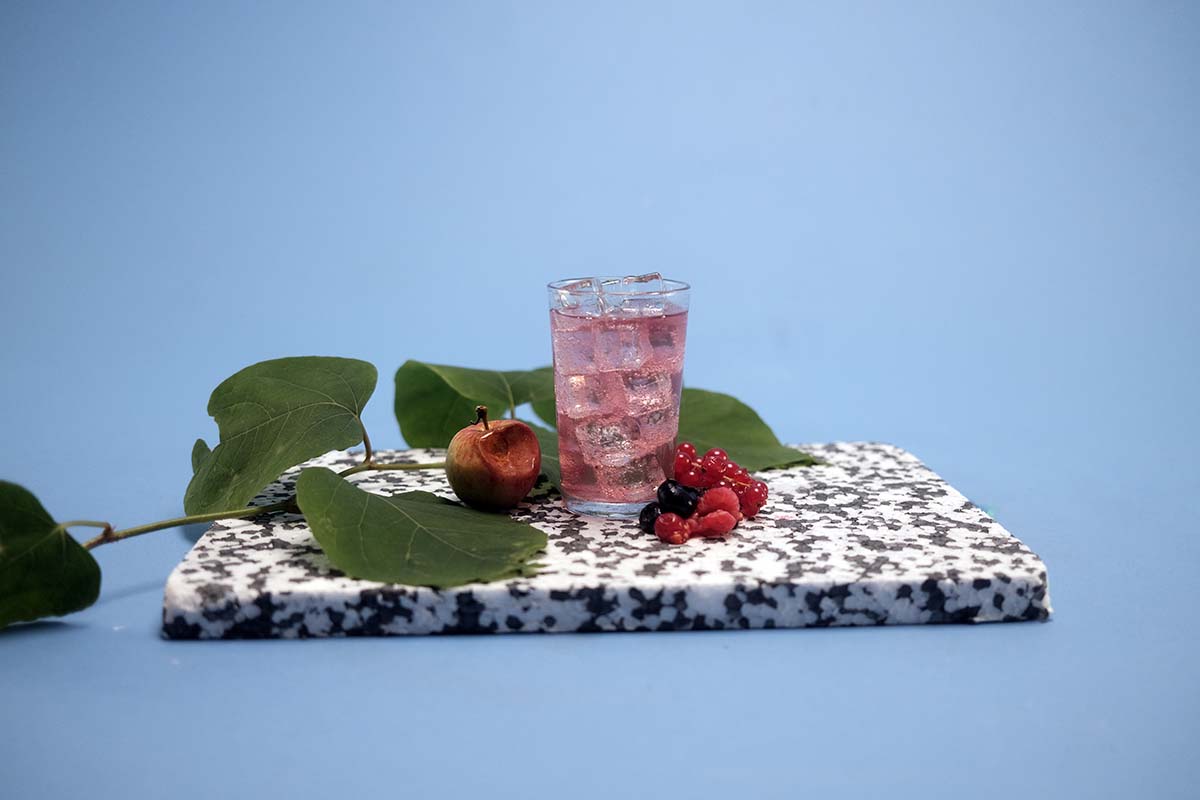Sensing CO2
An edition of seven carbonated lemonades to taste your e-mail inbox emissions.
Scientists continuously warn against the destructive impact of increasing carbon dioxide (CO2) levels. The UN reports a rise of almost 50% in global CO2 emissions over the last decades. Each year the registered CO2 levels exceed the previous recording. Measured in parts-per-million (ppm), CO2 levels at the beginning of the industrial revolution were around 280 ppm, in 2000 the registration passed 370 ppm and current recordings are the highest yet at 415 ppm. The results are directly felt in climate change: rising temperatures, chaotic seasons, extreme weather. Yet, the rising numbers and their impact are hard to grasp as the change is continuous. The project Sensing CO2 aims to make tangible the changing levels of CO2 measurement.
CO2 is an odorless gas and invisible to the human eye. In some exceptions the gas is visible: for example as bubbles in sparkling mineral water or sodas. Sensing CO2 uses the sensation of a fizzy drink: The added CO2 bubbles trigger the tongue receptors while the amount defines the intensity. A minimal increase can quickly change pleasure to discomfort. To become resilient, an understanding of the matter is crucial. Sensing CO2 aims to connect abstract numbers with direct experience, scientific data with human senses. Let your tastebuds experience how our behaviour influences CO2 levels and taste possible futures.
Sensing CO2 is developed in 2021 by Leanne Wijnsma in collaboration with In4Art. It is made possible by the generous support of Stimuleringsfonds and SIDN fonds.
Illustrations: Sammy Stein
Video: Tanja Busking
Sensing CO2 is developed in 2021 by Leanne Wijnsma in collaboration with In4Art. It is made possible by the generous support of Stimuleringsfonds and SIDN fonds.
Illustrations: Sammy Stein
Video: Tanja Busking

